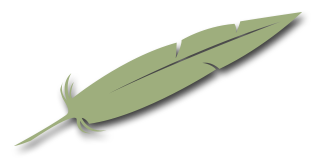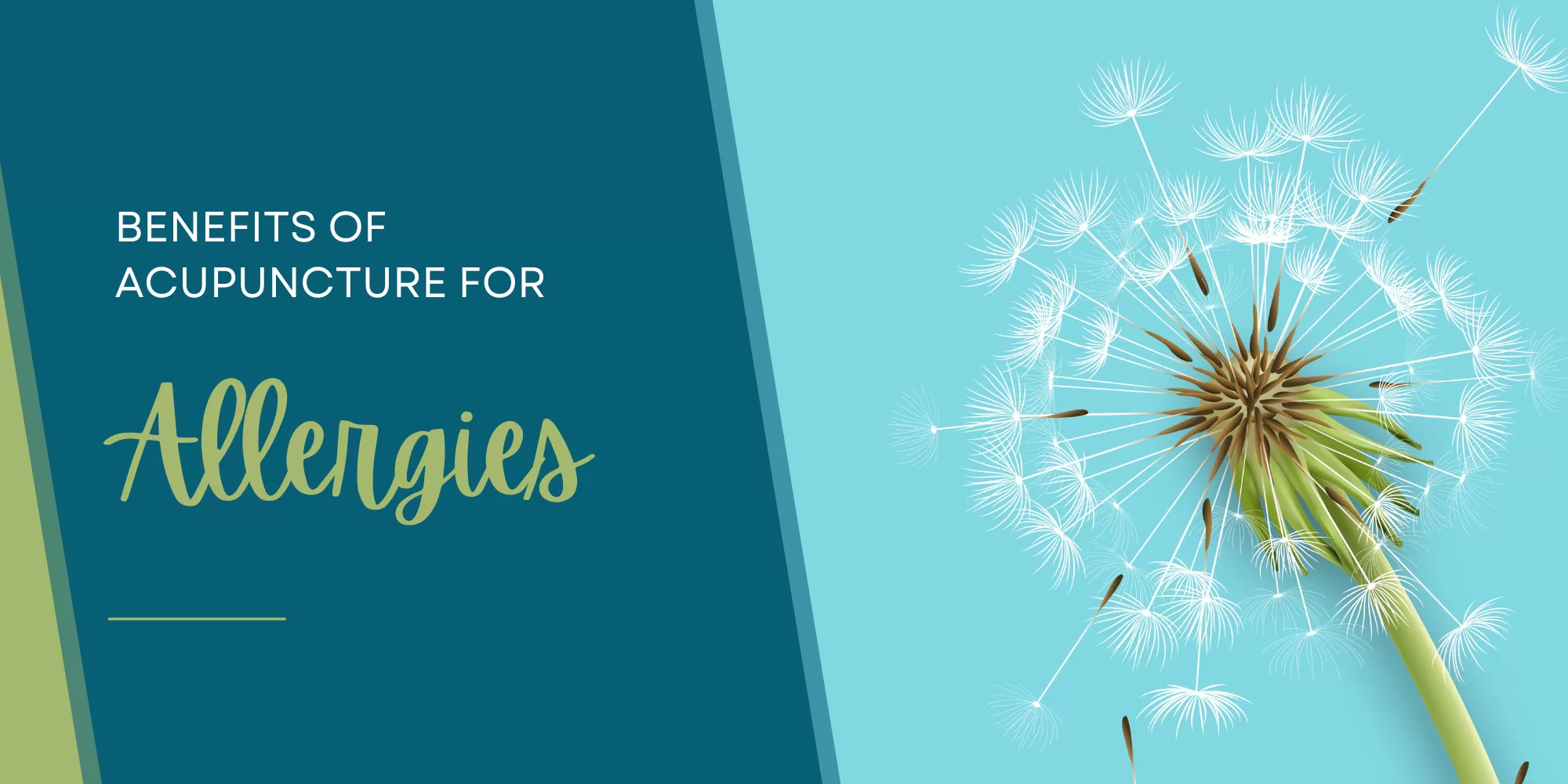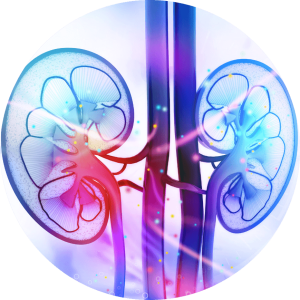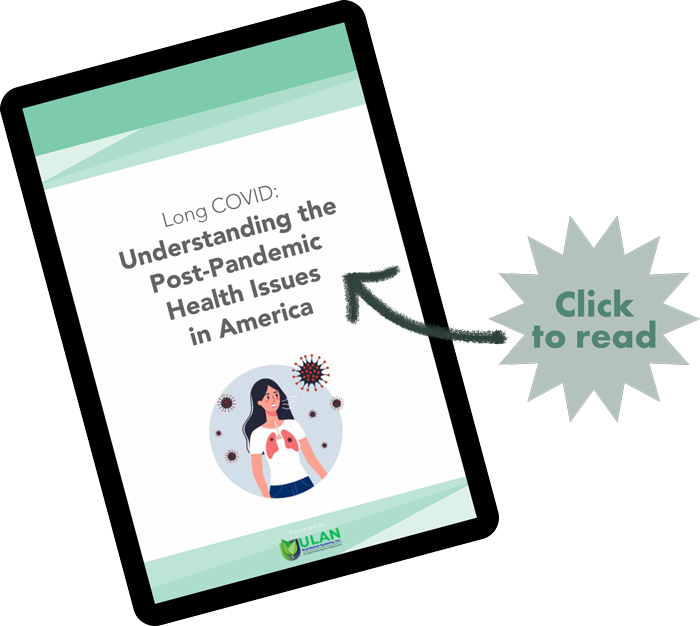
You’ve probably heard the buzz about microneedling—and maybe even seen the impressive before-and-afters online—but did you know this treatment has roots in Traditional Chinese Medicine?
As an acupuncturist, I approach microneedling not just as a cosmetic treatment, but as a powerful tool for holistic healing and skin rejuvenation. Here’s everything you need to know before you try it for yourself.
A Little History Behind the Needles
While modern microneedling as we know it became popular in dermatology circles in the 1990s, the concept of stimulating the skin to promote healing and renewal goes back centuries in Chinese medicine. In fact, ancient practitioners used small dermal tools to improve circulation and encourage qi (life force) flow at the surface of the skin. Today, we’ve refined that wisdom into a science-backed, minimally invasive treatment that naturally encourages your skin to do what it was designed to do—heal and renew itself.
What Exactly Is Microneedling?
Microneedling (also known as collagen induction therapy) involves the use of a device with tiny, sterile needles that create micro-channels in the surface of your skin. These controlled micro-injuries jumpstart your body’s wound-healing response, which leads to:
- Increased collagen and elastin production
- Improved skin tone and texture
- Better absorption of serums and skincare products
- Reduced appearance of fine lines, acne scars, and hyperpigmentation
- It’s like a workout for your skin—waking it up, strengthening it, and leaving it healthier than before.
What Microneedling Can Help With
Here’s what microneedling is great for:
- Fine lines and wrinkles
- Acne scars and enlarged pores
- Hyperpigmentation and sun damage
- Dull, uneven skin tone
- Skin laxity and rough texture
- Mild hair thinning on the scalp
And here’s what it can’t do:
- Replace surgical procedures for deep wrinkles or sagging
- Work overnight (it takes time and consistency!)
- Treat active acne breakouts or certain skin conditions like eczema or rosacea (we’ll assess that together)
What to Expect: The Process
Here’s how it works:
- We start with a consultation to go over your skin goals, concerns, and overall health.
- Your face is gently cleansed and prepped.
- The microneedling device is passed over your skin in a specific pattern. Most people say it feels like a light prickly sensation—more tingly than painful.
- I may apply a calming mask, serum, or even red light therapy to enhance healing.
- You’ll leave a bit red, like a mild sunburn, which typically fades in 12–24 hours.
The next day? You’ll feel fresh, your skin might be a little tight or dry, and then over the next week, that healthy glow kicks in. Results build with each session, and while everyone’s skin is different, most people start seeing noticeable changes after a few treatments.
Why See an Acupuncturist for This?
Great question. As acupuncturists, we’re already trained in the use of needles, the energetics of the body, and how to treat the whole person—not just a symptom. When you receive microneedling from a licensed acupuncturist, you’re not just getting a surface-level treatment. You’re getting a holistic experience that may include facial acupuncture, herbal support, and lifestyle guidance to enhance your results from the inside out.
We understand the importance of qi flow, constitutional imbalances, and how external skin issues often reflect deeper internal patterns. So, your skin gets the glow-up—and your whole system gets support.
Ready to Try It?
If you’re curious about microneedling or wondering if it’s a good fit for you, let’s talk. I’m happy to walk you through the process, answer your questions, and design a treatment plan that aligns with your skin goals and overall wellness.



 In TCM, the adrenal glands are considered to be part of the water element, which is related to the kidneys. The kidney area is a key organ that helps determine the quality of life of the individual. Things like adrenal fatigue and low thyroid function can all be contributed to a deficiency of fire in the kidneys. Therefore, a TCM practitioner will focus on ways to warm the kidneys and stimulate energy flow from the adrenal glands, while increasing the basal metabolic rate of the body. Acupressure points like Stomach 36, Kidney 3 and Spleen 6, which are all located on the lower leg make great choices.
In TCM, the adrenal glands are considered to be part of the water element, which is related to the kidneys. The kidney area is a key organ that helps determine the quality of life of the individual. Things like adrenal fatigue and low thyroid function can all be contributed to a deficiency of fire in the kidneys. Therefore, a TCM practitioner will focus on ways to warm the kidneys and stimulate energy flow from the adrenal glands, while increasing the basal metabolic rate of the body. Acupressure points like Stomach 36, Kidney 3 and Spleen 6, which are all located on the lower leg make great choices.


